10 Free Strategy Games transparent PNG images
Welcome to our Strategy Games image collection, featuring 10 free AI-generated images perfect for gaming enthusiasts and developers. Browse through our extensive library of high-quality stock photos, 3D objects, vectors, and illustrations representing various strategy game elements, from medieval warfare to futuristic space battles. Each image is available for high-resolution download, and you can customize any image using our 'open in editor' feature to adjust the prompt and regenerate variants that match your specific needs.
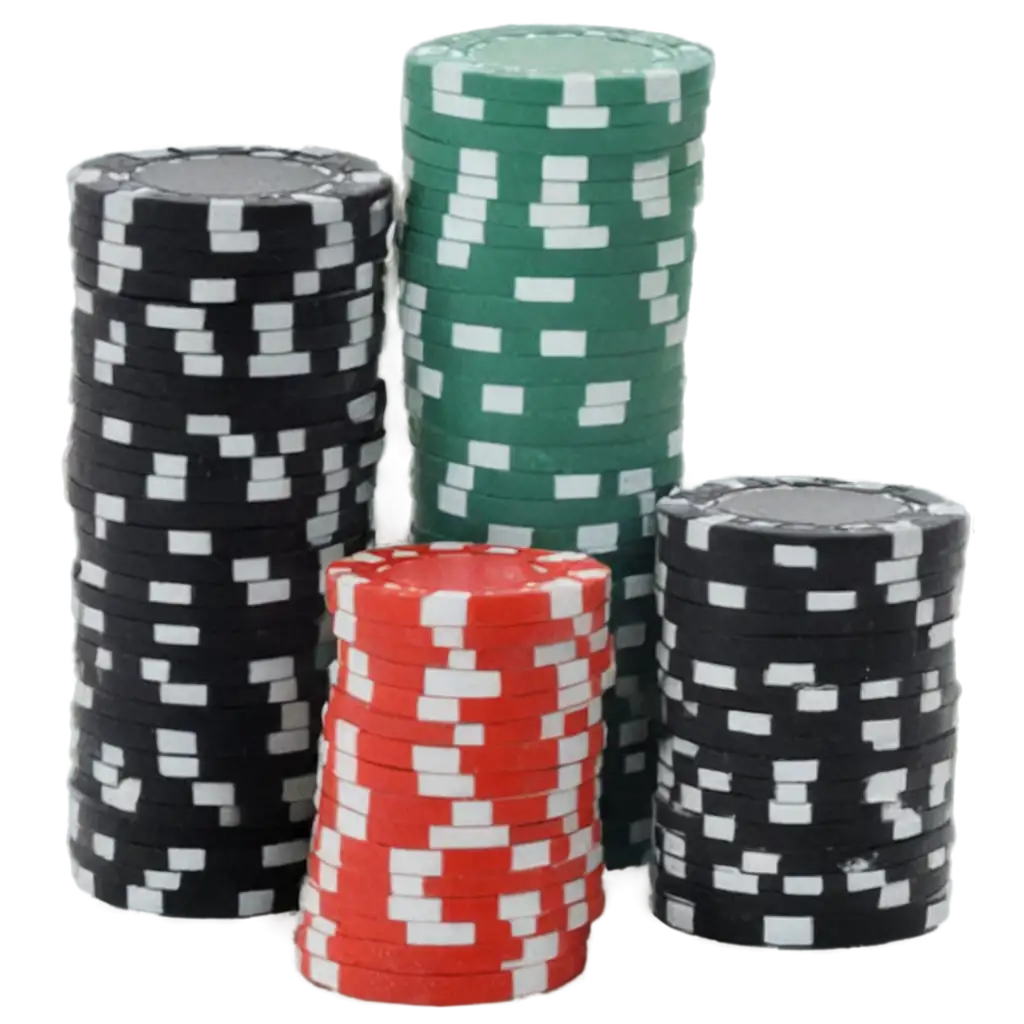
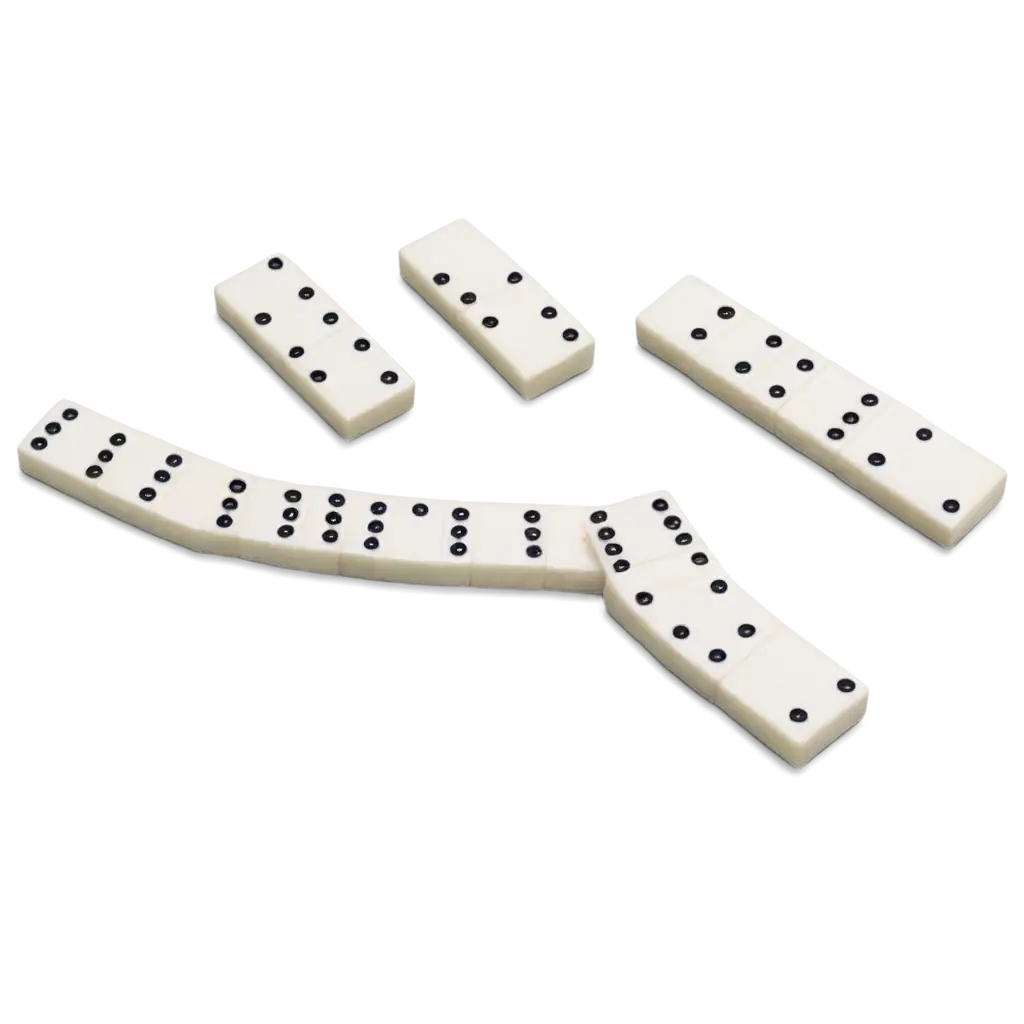
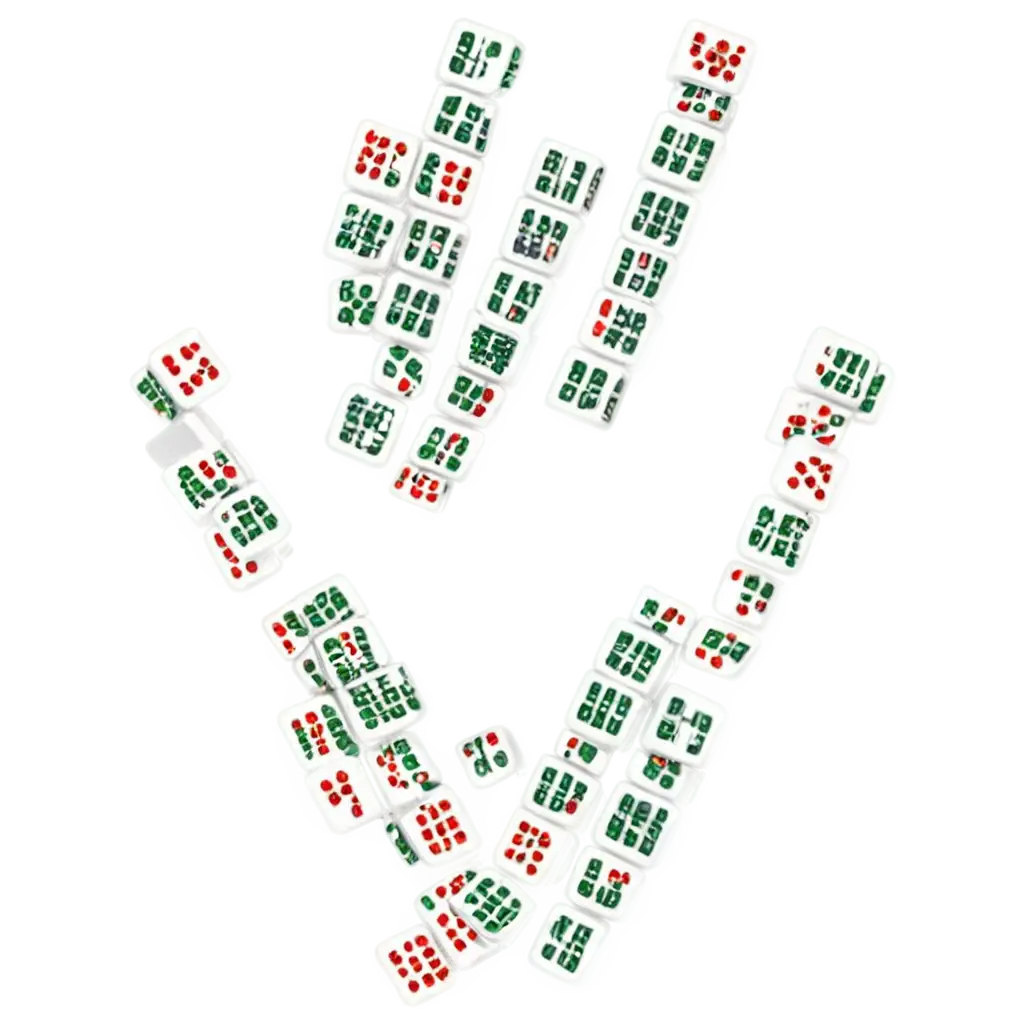
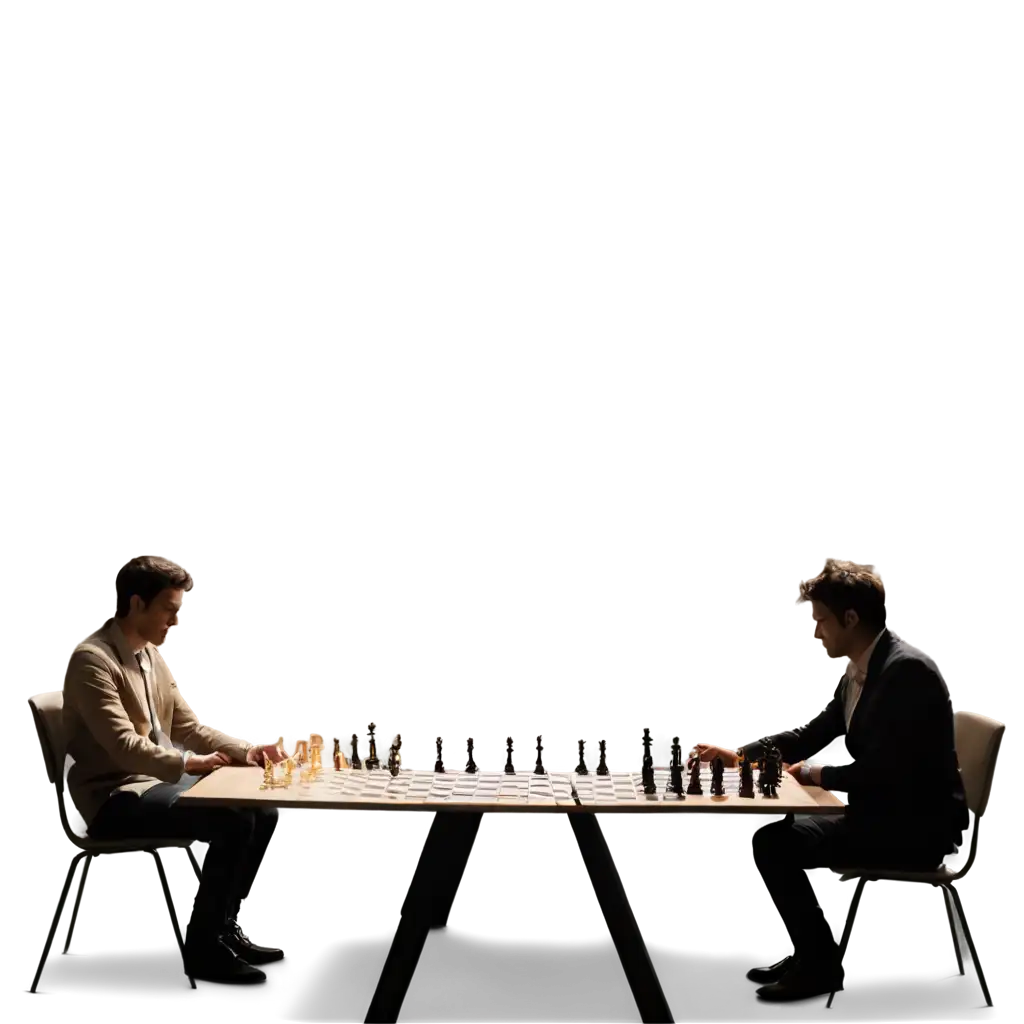
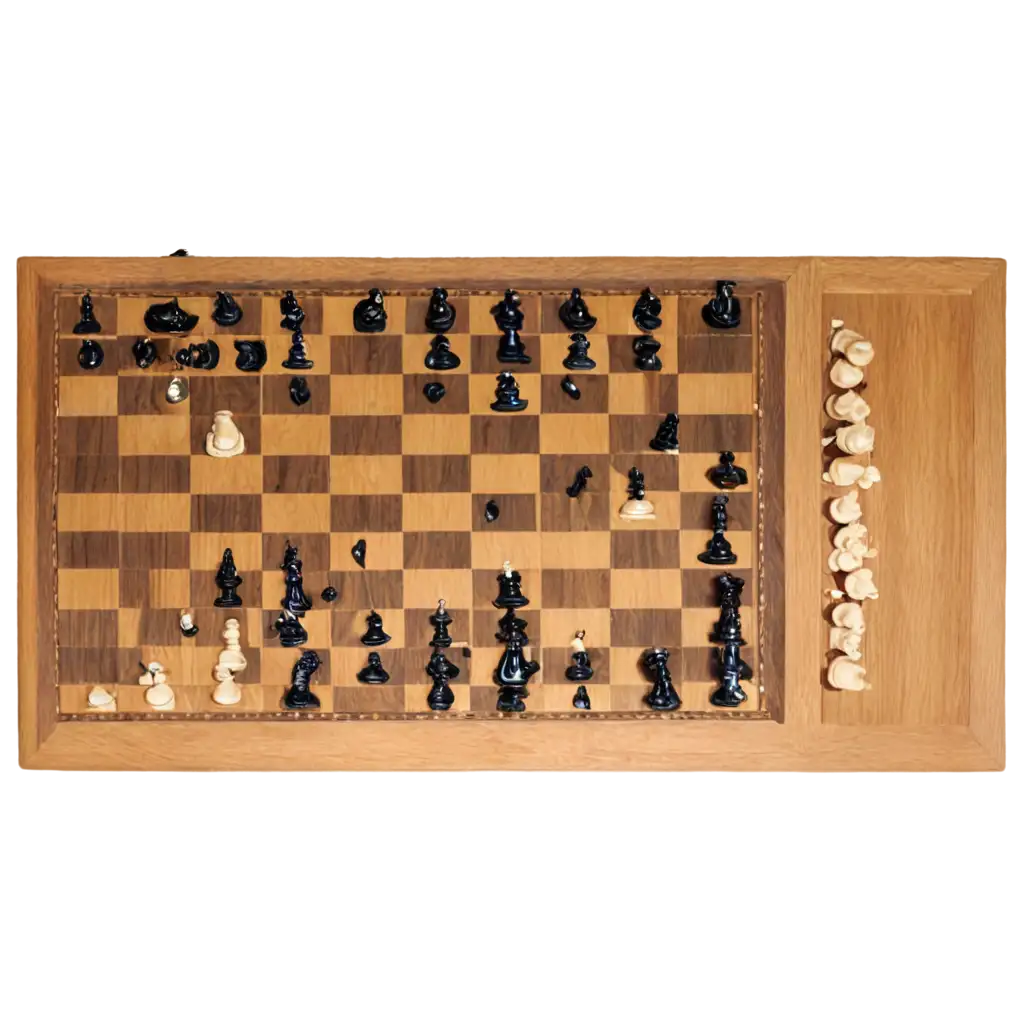

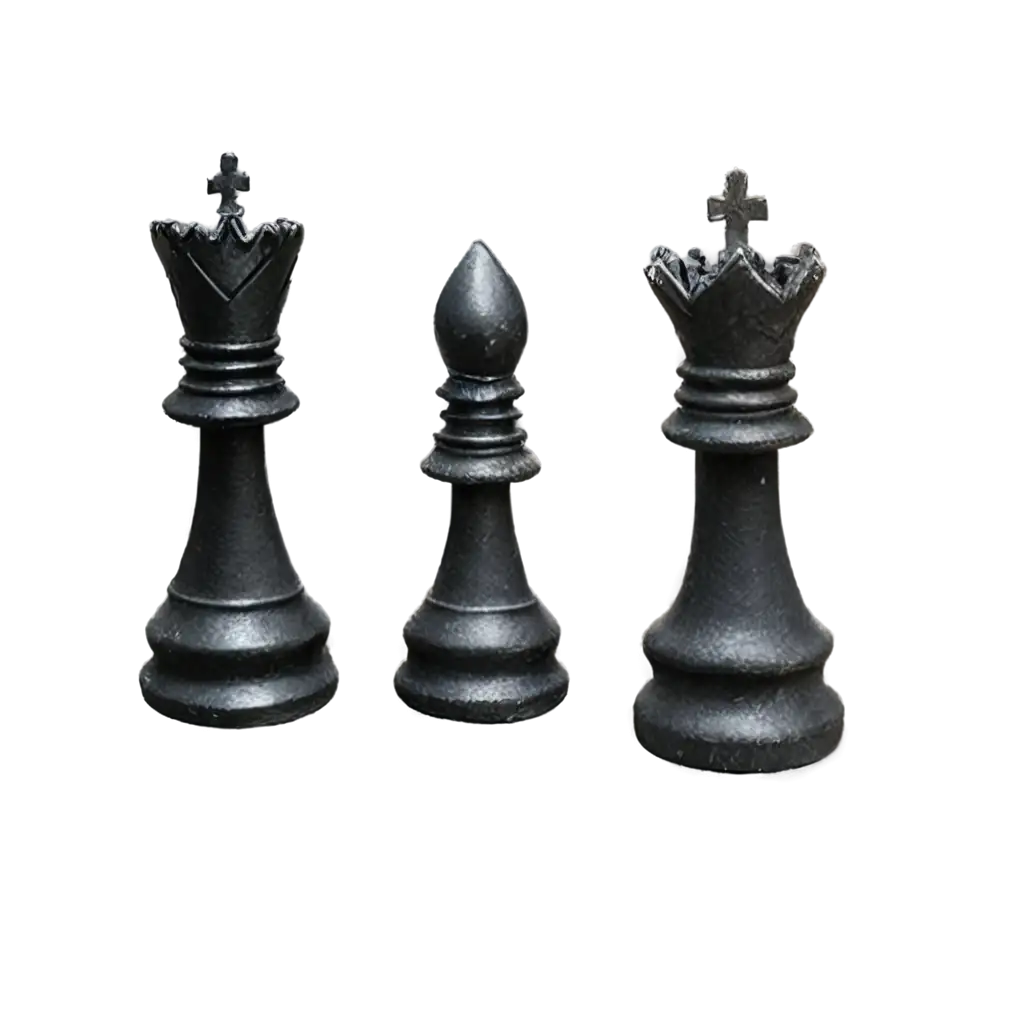
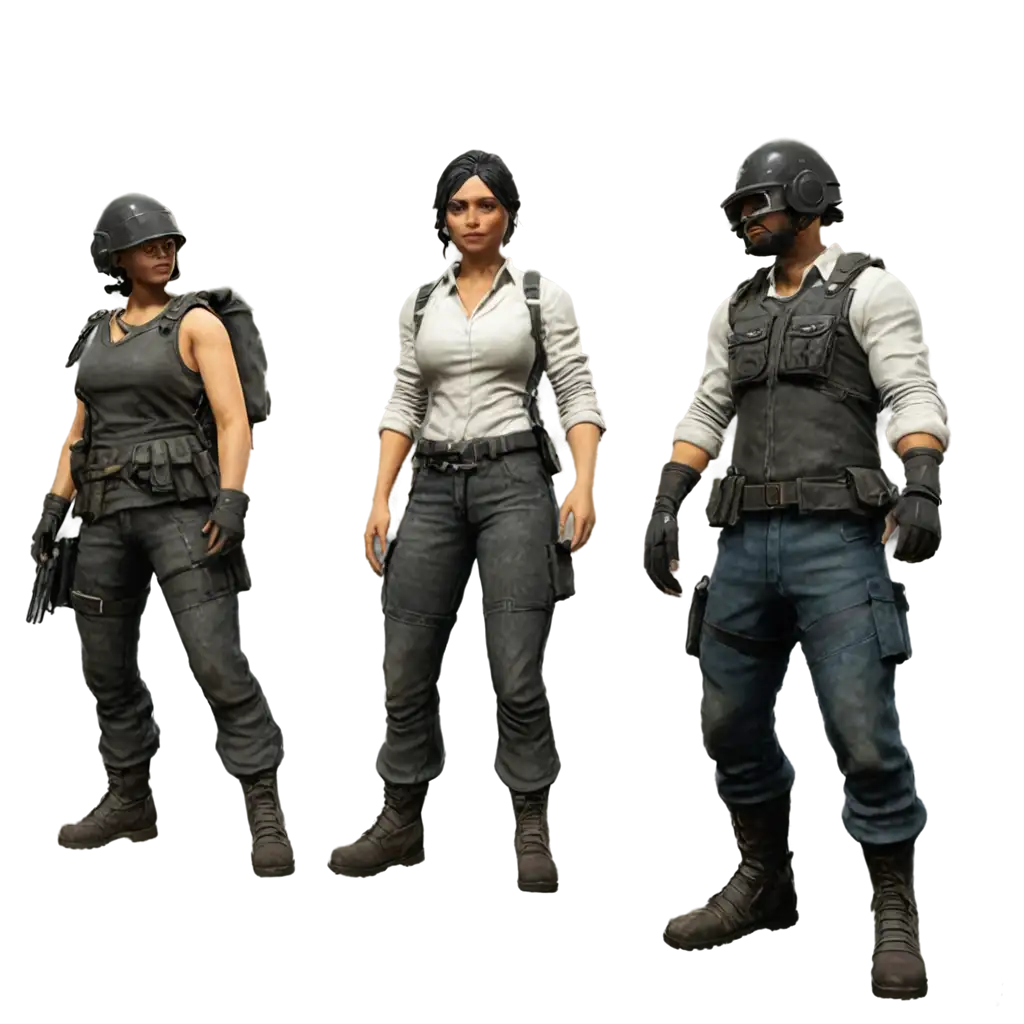

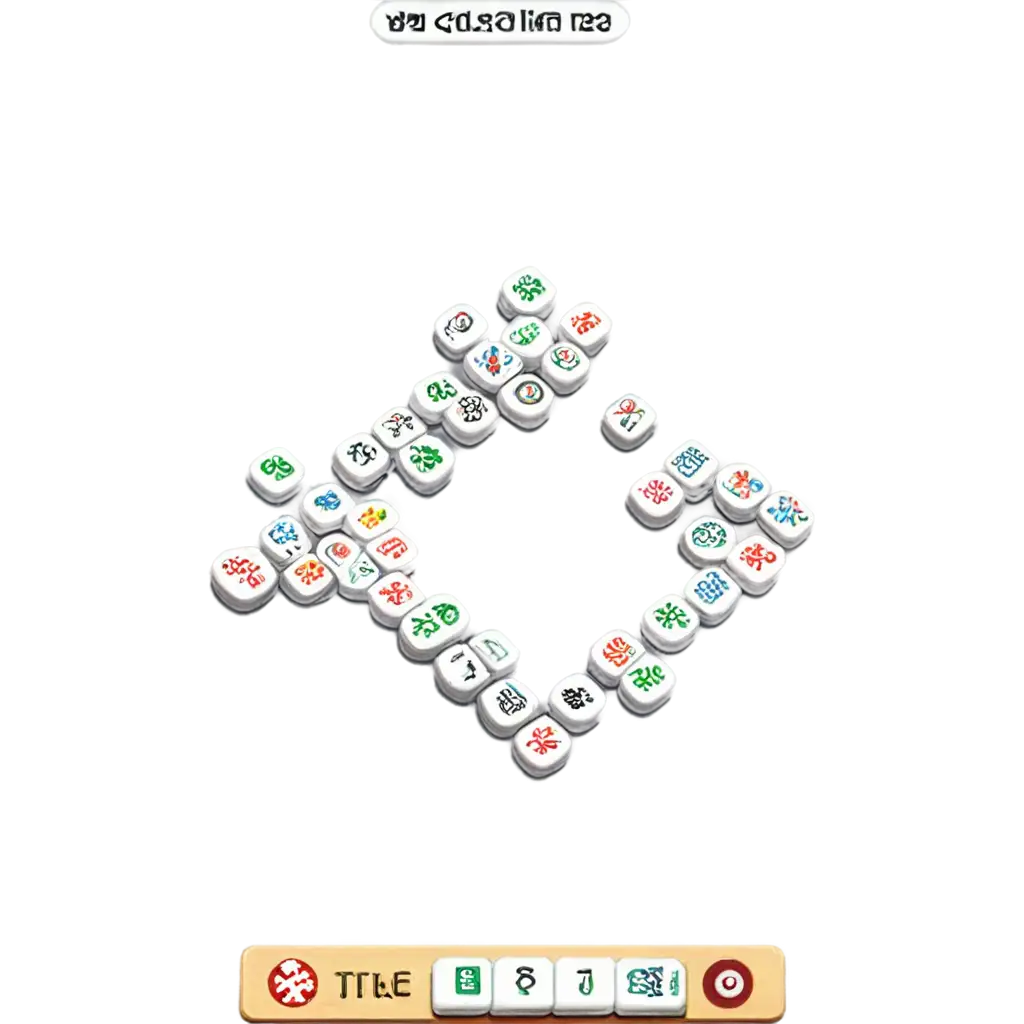
Related Tags
Strategy games incorporate distinct visual elements that communicate complex gameplay mechanics effectively. Key components include resource indicators, unit designs, terrain visualization, and interface elements. Modern strategy game visuals often blend realistic textures with clear iconography to maintain both aesthetics and functionality. Popular visual themes range from historical accuracy in games like Age of Empires to stylized fantasy elements in titles such as Warcraft. The challenge lies in creating visuals that are both engaging and informative, allowing players to make strategic decisions at a glance while maintaining immersion in the game world.
Strategy Games Visual Elements and Design Principles
The creation of strategy game art follows a structured process that begins with conceptual design and extends to final implementation. Artists start by developing mood boards and style guides that define the game's visual identity. Key considerations include color coding for different factions, clear unit silhouettes for easy recognition, and scalable designs that remain readable at various zoom levels. Environmental art must balance aesthetic appeal with gameplay clarity, ensuring that strategic elements like resource locations and terrain advantages are easily identifiable. For UI elements, designers focus on creating intuitive icons and interfaces that convey complex information without overwhelming the player. The art style must also accommodate various game states, from peaceful building phases to intense combat scenarios.
Creating Compelling Strategy Game Art: From Concept to Implementation
Strategy game visuals have undergone remarkable evolution since the genre's inception. Early games relied on simple sprites and basic colors to represent units and terrain, as seen in classics like Dune II and Command & Conquer. The transition to 3D graphics brought new possibilities, allowing for dynamic camera angles and more detailed unit representations. Modern strategy games leverage advanced rendering techniques to create immersive environments while maintaining the clarity essential for strategic gameplay. Looking forward, emerging technologies like real-time ray tracing and procedural generation are opening new possibilities for creating more dynamic and visually stunning strategy games while maintaining the genre's emphasis on readable gameplay elements.
Evolution of Strategy Game Visuals: Past, Present, and Future
Strategy game imagery serves multiple purposes across various industries. In game development, these assets are essential for prototyping, marketing materials, and final product implementation. Educational institutions use strategy game visuals to create engaging learning materials for subjects like history, economics, and military strategy. Content creators and streamers utilize strategy game imagery for thumbnails, overlays, and promotional materials. The business sector often adapts strategy game visual concepts for presentations and infographics, particularly when illustrating competitive analysis or resource management concepts. These versatile images find applications in board game design, military training simulations, and architectural visualization tools.
Applications and Use Cases for Strategy Game Imagery